You’ve dreamed of turning your lawn into a lush food-producing oasis. Perhaps you’ve had visions of stepping onto your patio before dinner to snip fresh chives and basil onto your plate. The good news is that almost anyone can grow food, whether you have a tiny apartment balcony or a big yard. And there’s still time to start many summer crops — and to plan for a cool-season garden for fresh harvests this fall.
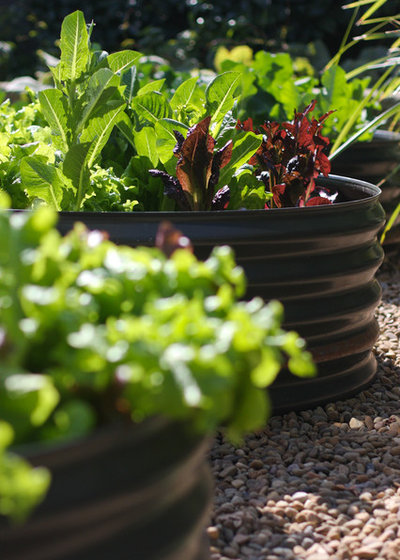
Sushiiphoto
1. Start small. Just because you have a big backyard doesn’t mean that you should turn the entire thing into a vegetable garden. At least, not in the first year. Begin by building one raised bed and see how things go. You may be surprised both by how much food you can grow in a tiny space and by how much work it actually takes to keep things going. If you’re hungry for more next year, add another bed or two.
6 Things to Know Before You Start Growing Your Own Food
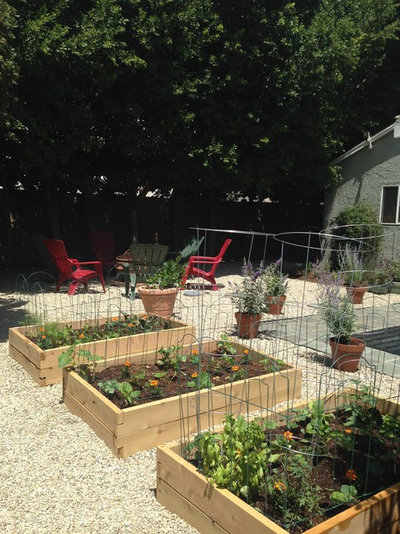
Eden Condensed
2. Plan your garden. Before you spend money or build anything, take time to get to know yourself and your space. Where is the best light? How much time do you have each week to spend on your gardening? How much food do you really want to grow? Ask yourself these questions before you put your shovel into the ground.
How to Plan Your Edible Garden
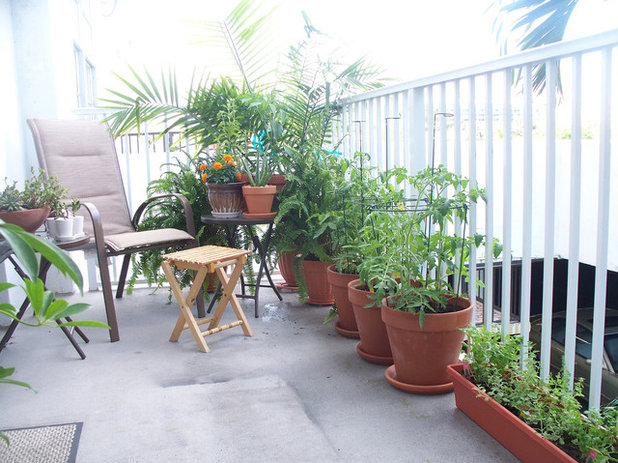 3. If you don’t have a backyard, find an alternative.
3. If you don’t have a backyard, find an alternative. You don’t need a big backyard to grow food. Patios and decks can make for great gardens. They can even offer advantages over traditional beds since they often have plenty of light. You may also want to consider building a front yard vegetable garden. It’s a great way to bring the neighborhood together.
Learn more about patio gardens | Learn more about front yard gardens
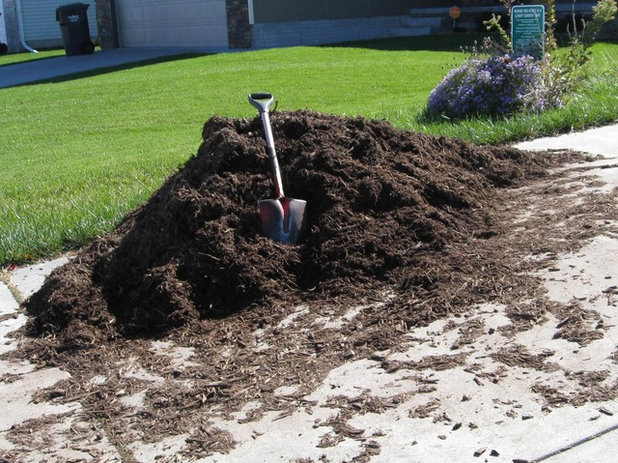
Benjamin Vogt / Monarch Gardens
4. Get good soil. Soil is the most important factor in the health of your garden. Instead of buying bags of the cheapest stuff from the hardware store, do some research and find the best way to get compost-rich organic soil for your garden. Whether you build your own soil or buy it from a reputable supplier, your plants will thank you.
How to Get Good Soil for Your Edible Garden
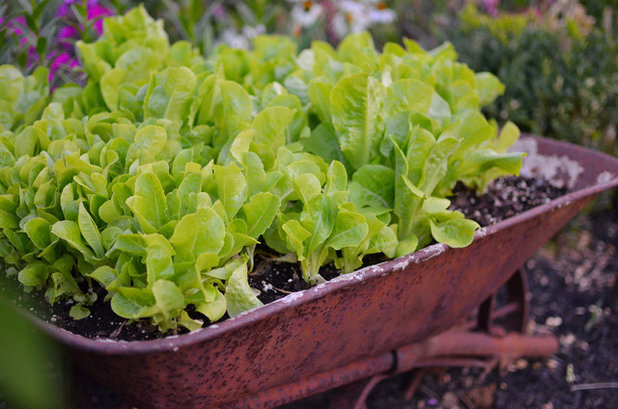
Amy Renea
5. Choose easy-to-grow crops. Giant leeks, Romanesco broccoli and heirloom watermelons look gorgeous in the seed catalog, but hold off on planting them in the first few years. Instead, choose tried-and-true varieties of crops that are productive and easy to grow. Snap peas, radishes, herbs like mint and chives, salad greens, kale, tomatoes and zucchini are all classic choices — just make sure you actually like to eat them before they go into the garden. Consult a seed catalog from a local company to find the best varieties for your regional climate.
8 Surefire Vegetables and Herbs for Beginning Urban Gardeners
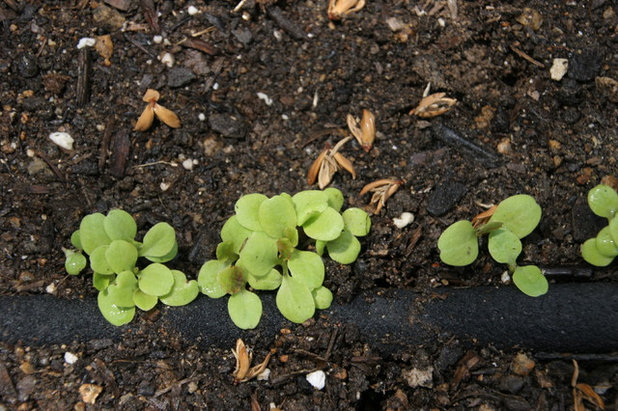
Jackie and the Beanstalk
6. Decide whether to plant seeds or seedlings. It can be tempting to buy seedlings from the nursery or grocery store, but, in some cases, planting seeds is even easier. Growing vegetables from seed also saves a lot of money, opens up a world of plant varieties and can make for healthier plants.
Seeds or Seedlings? How to Get Your Garden Started
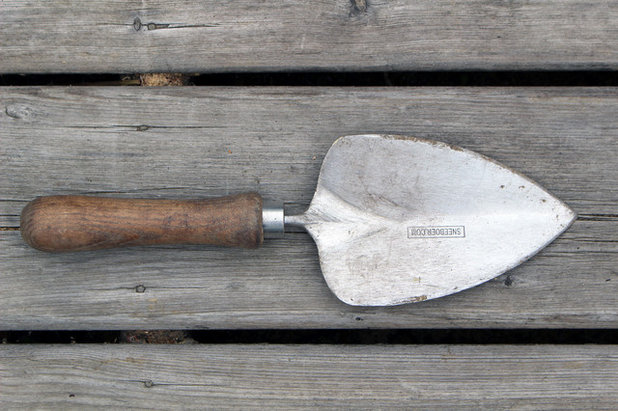
Abundant City
7. Invest in some garden tools — but not too many. Vegetable gardens don’t need a lot of tools. In fact, you may find that the best “tools” out there are a good pair of garden gloves and your hands. Start with a trowel, weeder and a few other essentials, then build your collection from there.
The 8 Tools That Help Bring the Farm to Your Table
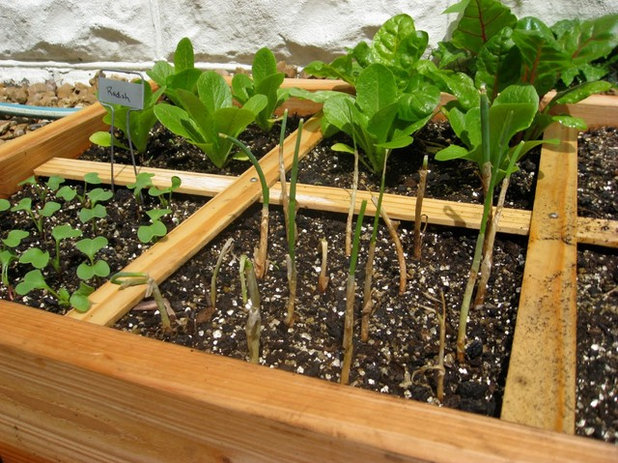 8. Try planting a square-foot garden.
8. Try planting a square-foot garden. Gone are the days of planting vegetables in long, skinny rows. Instead, try building raised beds and planting them using the square-foot method described in Mel Bartholomew’s book
All New Square Foot Gardening. This technique, which divides crops using a grid, creates patchwork quilt-style gardens that grow more food in less space.
Maximize Harvests With Square-Foot Gardening
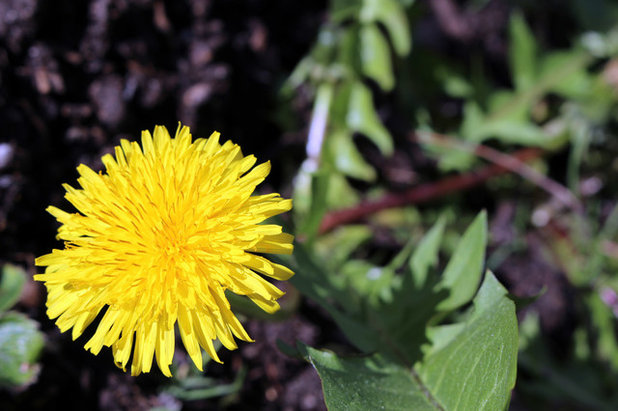
Abundant City
9. Stay on top of weeds. Square-foot gardens usually have surprisingly few weeds. Still, you’ll find a few in there. Rather than straining your back over giant dandelions, try pulling weeds out when they’re relatively small. A once-per-week weeding is the perfect way to keep things in shape.
Natural Ways to Get Rid of Weeds
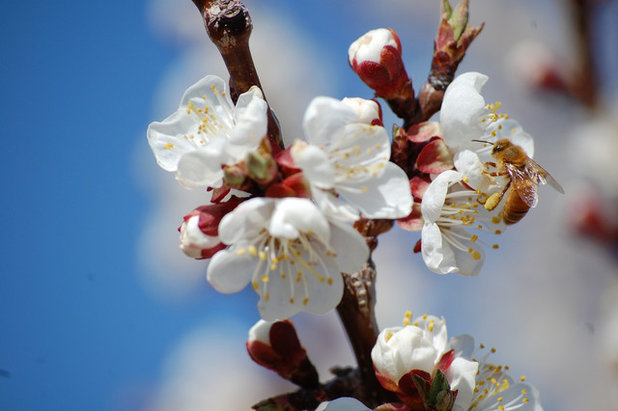
turnbud
10. Welcome the birds and the bees. Pollinator animals, like bees, hummingbirds and butterflies, are your allies in gardening success. They provide an essential service by helping plants set fruit — so having lots of them means that your cucumbers and apples will be way more plentiful.
Pollinators are sensitive creatures that need your help to thrive. Welcome them by planting attractive flowers and by providing sources of shelter and water.
Attract Pollinators for a Productive Edible Garden
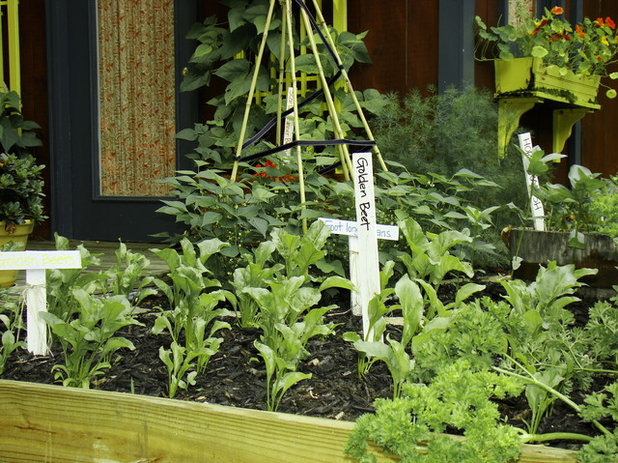
Robin Amorello, CKD CAPS - Atmoscaper Design
11. Don’t forget to label your crops. It’s a small detail but one that makes a big difference. Whenever you plant something, label it with a plant maker including the crop, variety and planting date. Otherwise, you may sow the same place twice before seeds emerge. Plant markers help keep your garden organized.
Keep Track of Your Vegetable Garden With Plant Markers
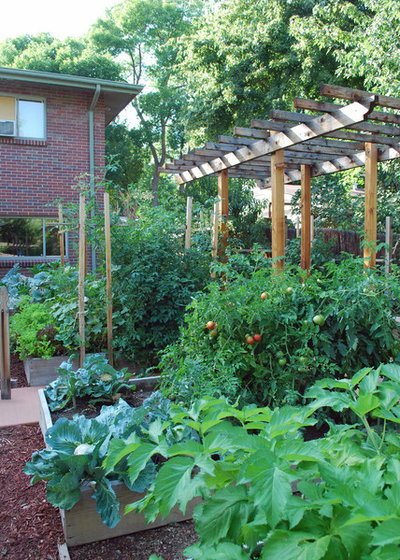
Jocelyn H. Chilvers
12. Remember that it’s an experiment. Treat your garden with curiosity and an open mind. If a crop fails, don’t get upset. Do some research and try to figure out what went wrong so that you can avoid the problem next time. Successful gardeners spend years learning from mistakes and are always open to trying new techniques. Treat it as a fun and delicious experiment.





